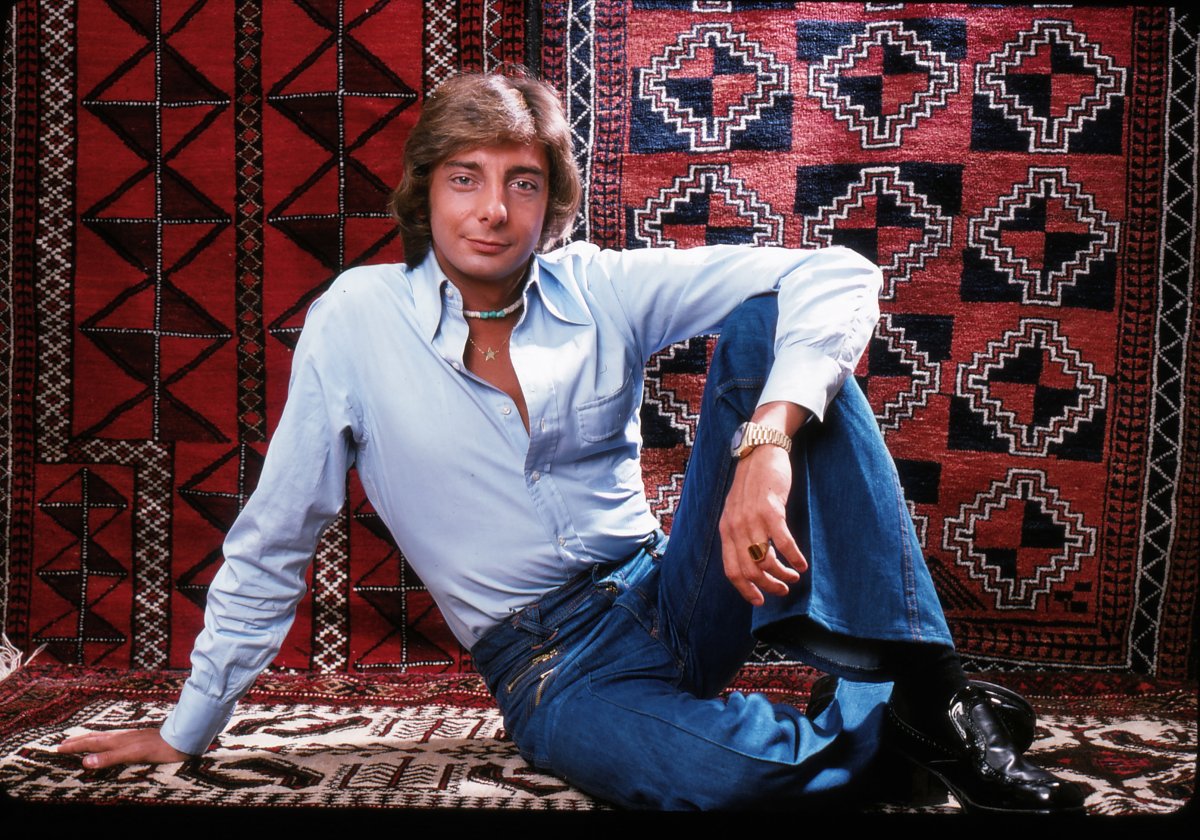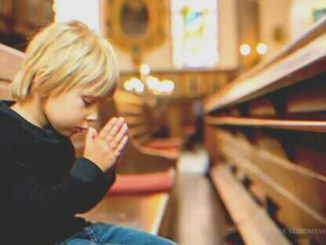
During a guest appearance on HBO’s Who’s Talking to Chris Wallace, the 80-year-old Copacabana singer said he didn’t think it was important to announce his sexuality during the earlier decades of his career.
Manilow came out in 2017, almost three years after he married his husband and manager Garry Kief in a private ceremony. The couple have been together for 45 years now, though they’ve kept much of their relationship away from the public eye.
When he came out to People magazine in 2017, Manilow — whose real name is Barry Pincus — worried he’d be “disappointing” some of his fans by revealing his sexuality. Instead, Manilow, who was 73 at the time, said the reaction from his fanbase was “beautiful.”

Despite his current feelings of nonchalance about his own coming out, Manilow said announcing his sexuality as his career was booming would have been a bad idea.
“Now being gay is no big deal,” he explained. “Back in the ’70s it would have killed a career.”
Regardless, the usually very private Manilow said he thinks “everybody knew that Garry and I were a couple all those years.”
“Really, Garry and I’ve been together for so long,” he said. “It just never dawned on me that we’re going to come out. But when we got married, it was a big deal, so we did.”
Manilow credited Kief for saving his life. He said he is thankful he had Kief to support him as his music career was taking off, despite keeping their relationship under wraps.
“As my career exploded, it was just crazy. And, you know, going back to an empty hotel room, you can get into a lot of trouble if you’re alone night after night after night,” Manilow explained. “But I met Garry right around when it was exploding. And I didn’t have to go back to those empty hotel rooms. I had somebody to cry with or to celebrate with.”
Manilow said he did not wish an isolated hotel room for any young people.
“It was pretty lonely until I met Garry. And then it was fun,” he smiled.
Kief is not Manilow’s first spouse. In 1964, Manilow married his high school sweetheart, Susan Deixler. They were married for one year.
Manilow told CNN’s Wallace he “really did love” Deixler, but added “the gay thing was pretty, pretty strong. I couldn’t deny it.”
The singer said he knew he was gay before marrying Deixler, but their marriage ended because Manilow couldn’t be the committed husband his then-wife needed. He revealed that his sexuality was not the reason his marriage failed.
“We had a very nice marriage, it was great, but I was away every night making music, as a young musician would be,” Manilow described. “It wasn’t good for me, and it wasn’t good for her.”
“I couldn’t be the proper husband,” he continued. “I was out making music every night, sowing my wild oats. I wasn’t ready to settle down.”
Brooklyn-born Manilow skyrocketed to international fame in 1974 after his release of the ever-popular pop-rock ballad Mandy. He became one of the biggest-selling musicians of all time. Prior to his success as a singer-songwriter, Manilow was behind a number of famous commercial jingles for brands like State Farm and Band-Aid — a gig that he has said helped him create catchy hooks for his own hit songs.

“No Matter What” is a duet by Ronan Keating and Carola, a Swedish superstar.


The Memorable Duet of Ronan Keating and Carola at Allsang på Grensen
An Unforgettable Musical Partnership
A memorable moment occurred in 2018 during the Norwegian music festival Allsang på Grensen when Irish pop star Ronan Keating teamed up with Swedish superstar Carola for a duet that has amassed over 21 million views on YouTube. In 1998, the two gave an incredible performance of “No Matter What,” a worldwide success for Keating’s band Boyzone.
A Combination of Success and Talent
Known for selling over 20 million records as a solo artist and an extra 25 million with Boyzone, Ronan Keating performed alongside Carola, a prominent figure in Swedish music since the 1980s. The audience was in awe of the combination of Carola’s strong voice and Keating’s sultry vocals during the performance.
An Emmy-winning Performance
The night’s high point was the duo’s performance, which included Carola’s beautiful voice enhancing Keating’s sincere delivery. The audience, which included a mother and daughter pair, was enthralled with the musical chemistry on stage and happily danced to the song’s beat.
Carola: A Legendary Scandinavian
There is no denying Carola’s influence on Scandinavian music. Her debut album “Främling” continues to sell more copies in Sweden than any record released by ABBA. Her triumph in the 1991 Eurovision Song Contest with “Fångad av en stormvind” cemented her place in music history; her winning performance has received over 350,000 views on YouTube.
Witness the enchantment of Ronan Keating and Carola’s rendition of “No Matter What” at Allsang på Grensen. To relive this priceless musical moment, watch the video below.



Leave a Reply